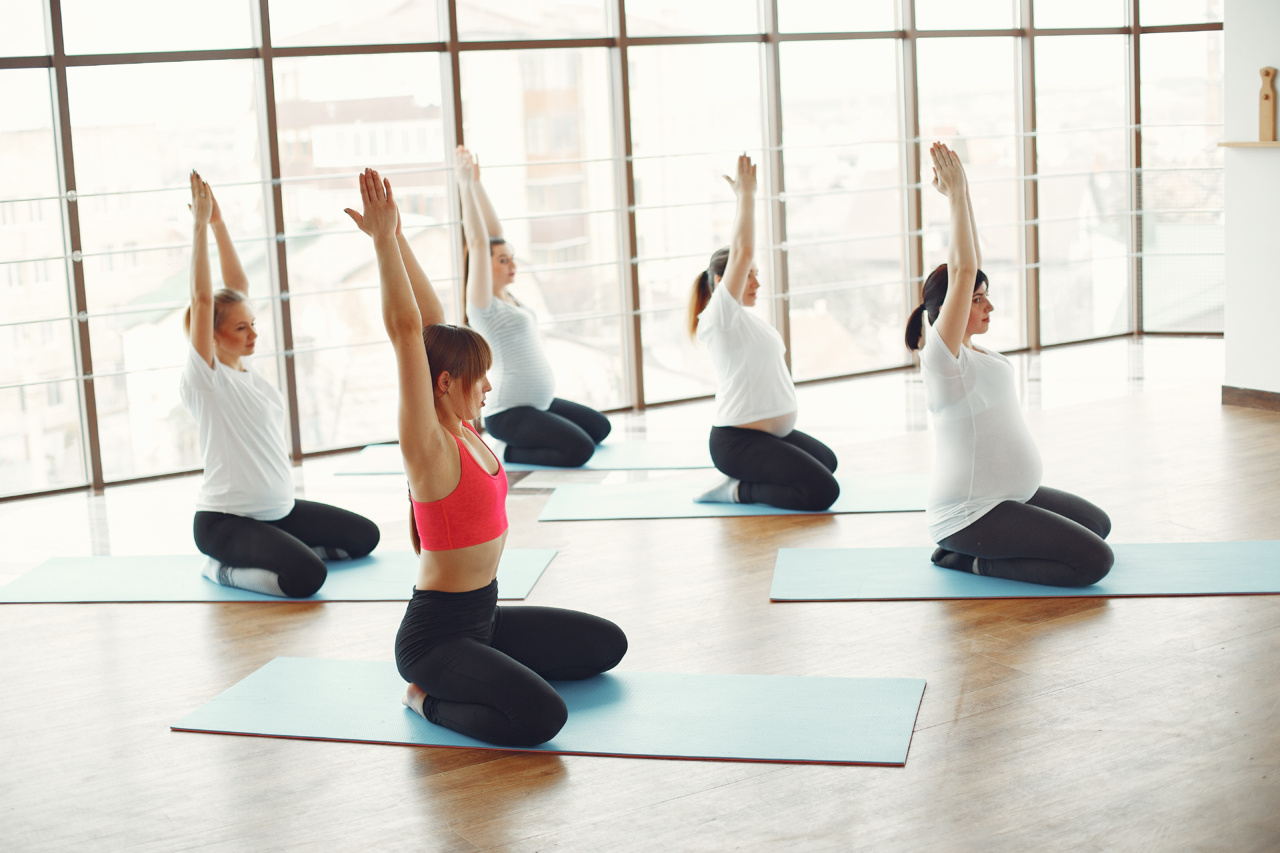One of the many physical changes that women experience after pregnancy is the appearance of stretch marks. These marks, also known as striae, can be quite common and often appear on the belly, thighs, hips, and breasts.
While they are a natural part of the body’s response to rapid growth and stretching of the skin, they can sometimes cause discomfort and self-consciousness.
Understanding the Causes of Chest Stretch Marks
Stretch marks occur when the skin is stretched beyond its limits, leading to the breakdown of collagen and elastin fibers in the dermis.
During pregnancy, the body undergoes significant changes to accommodate the growing fetus, causing the skin to stretch rapidly. The chest area, in particular, experiences expansion as the breasts enlarge and prepare for milk production.
Additional factors that contribute to the development of stretch marks include hormonal changes, genetics, and weight gain.
While it’s difficult to prevent or avoid stretch marks altogether, there are ways to reduce their appearance and find relief from any discomfort they may cause.
Moisturize Regularly
Keeping the skin well-hydrated is key to minimizing the appearance of stretch marks. Moisturizing creams and lotions can help improve skin elasticity and reduce dryness, which can make stretch marks more noticeable.
Look for products containing ingredients like cocoa butter, shea butter, vitamin E, and hyaluronic acid, all of which are known for their hydrating properties.
Massage for Increased Circulation
Massaging the chest area with a moisturizing lotion or oil can not only provide relief but also promote blood circulation.
Improved circulation may aid in the regeneration of collagen and elastin fibers, potentially minimizing the appearance of stretch marks over time. Gently massage the affected areas in a circular motion for a few minutes each day.
Exfoliate for Smoother Skin
Regular exfoliation can help remove dead skin cells, improve skin texture, and enhance the effectiveness of any topical treatments used. Use a gentle exfoliator specifically formulated for the body and exfoliate the chest area once or twice a week.
Be cautious not to scrub too vigorously, as this can irritate the skin.
Use Topical Treatments
There are various creams and oils available specifically designed to fade stretch marks.
Look for products containing ingredients like retinol, glycolic acid, or centella asiatica extract, which can stimulate collagen production, improve skin tone, and fade existing stretch marks. It’s important to note that the effectiveness of these treatments may vary from person to person.
Consider Silicone Sheets or Patches
Silicone sheets or patches are another option that can be used to flatten and fade stretch marks. These sheets create a protective barrier, locking in moisture and promoting collagen production.
They can be worn discreetly under clothing and are usually reusable for multiple applications.
Stay Active and Maintain a Healthy Weight
Regular exercise helps to improve circulation, promote healthy skin, and maintain a healthy weight. Engaging in activities like walking, swimming, or yoga not only benefits overall well-being but also enhances the appearance of the skin.
Additionally, maintaining a stable weight can reduce the likelihood of new stretch marks forming.
Consult a Dermatologist
If you’re struggling with severe stretch marks or are looking for more advanced treatment options, it’s a good idea to consult a dermatologist or a healthcare professional.
They can provide personalized advice based on your specific skin type and recommend treatments such as laser therapy, microdermabrasion, or chemical peels. These treatments can help improve the appearance of stretch marks and boost self-confidence.
Conclusion
While stretch marks may be a natural part of the post-pregnancy journey, finding relief from chest stretch marks is possible.
By adopting a consistent skincare routine that includes moisturizing, massaging, exfoliating, and using topical treatments, you can minimize their appearance and improve the texture of your skin. Additionally, staying active, maintaining a healthy weight, and seeking professional advice if needed can contribute to achieving smoother, more confident post-pregnancy skin.






























